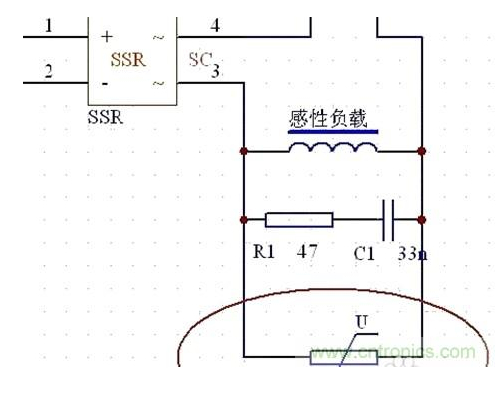The main parameters and circuit applications of varistors.
Categories: Company News
2025-01-02
Guide:VaristorGenerally used in parallel in the circuit, whenthe resistancethe voltage across it changes sharply, the resistance shorts out the currentFuseblows, providing protection. Varistors in circuits are commonly used forpowerovervoltage protection and voltage stabilization.
Parameters to understand in circuit design: 1. Varistor voltage UN (U1mA): Usually represented by the voltage across the varistor when a 1mA DC current flows through it, this voltage is called the varistor voltage UN. The varistor voltage is also commonly denoted by the symbol U1mA. The error range for varistor voltage is generally ±10%. In testing and practical use, a decrease of 10% from the normal value is usually taken as the criterion for varistor failure.
2. Maximum continuous operating voltage UC: Refers to the maximum AC voltage (effective value) Uac or maximum DC voltage Udc that the varistor can withstand for a long time. Generally, Uac ≈ 0.64U1mA, Udc ≈ 0.83U1mA.
3. Maximum clamping voltage (limiting voltage) VC: The maximum clamping voltage value refers to the voltage across the varistor when a specified 8/20μs wave impulse current IX (A) is applied to the varistor.
4. Leakage current Il: The current that flows through the varistor when the maximum DC voltage Udc is applied. When measuring leakage current, a voltage of Udc = 0.83U1mA is usually applied to the varistor (sometimes 0.75U1mA is also used). Generally, the static leakage current Il should be ≤20μA (there are also requirements for ≤10μA). In practical use, more concern is not about the magnitude of the static leakage current itself, but its stability, that is, the rate of change after impulse testing or under high-temperature conditions. If the rate of change does not exceed double after impulse testing or under high-temperature conditions, it is considered stable.
Methods and Steps
1. Calculation of varistor voltage:
Generally can be calculated using the following formula:
U1mA = KUac where: K is a coefficient related to power quality, generally taken as K = (2~3), in cities with better power quality, a smaller value can be taken, while in rural areas (especially mountainous areas) with poorer power quality, a larger value can be taken. Uac is the effective value of the AC power supply voltage. For 220V~240V AC power supply surge protectors, it is more appropriate to choose varistors with a varistor voltage of 470V~620V. Choosing a varistor with a slightly higher varistor voltage can reduce the failure rate and extend the service life, but the residual voltage may slightly increase.

2. Calculation of nominal discharge current:
VaristorThe nominal discharge current should be greater than the required surge current or the maximum surge current that may occur each year. The nominal discharge current should be calculated based on the values in the varistor surge life cycle curve for more than 10 impacts, approximately 30% of the maximum impact current (i.e., 0.3 IP).

3. Parallel connection of varistors:
When oneVaristordoes not meet the requirements for nominal discharge current, multiple varistors should be used in parallel. Sometimes, to reduce the limiting voltage, multiple varistors are used in parallel even if the nominal discharge current meets the requirements. It is particularly important that when using varistors in parallel, parameters must be strictly selected to be consistent (for example: ΔU1mA ≤ 3V, Δα ≤ 3) to ensure uniform current distribution.

Precautions
The thermal fuse should have good thermal coupling with the varistor. When the varistor fails (high resistance short circuit), the heat generated will blow the thermal fuse, separating the failed varistor from the circuit to ensure the safety of the equipment. When a higher power frequency temporary overvoltage acts on the varistor, it may cause the varistor to instantaneously break down and short circuit (low resistance short circuit), while the thermal fuse may not blow in time, potentially causing a fire. To avoid this phenomenon, a shock-resistant power frequency fuse can be connected in series with each varistor (using only a power frequency fuse may not blow when aging failure occurs).
RELATED INFORMATION
2025/01/02







